Have you ever bought a house sight unseen? Purchased a car without taking a test drive? This intrepid investing is exactly what independent schools called upon this admissions season. Finding ourselves in the unique dichotomy of stronger interest than ever, with less opportunity to authentically connect with prospective families, CA’s admissions team called upon our mission and our learning community to help us.
It is no surprise that the pandemic has created a surge in interest in independent schools. But just how much of an increase? The National Association of Independent Schools just released their admissions snapshot – a quick way to check admissions and enrollment trends across the country and in regional areas. Across the country, 60% of schools reported increases in their application numbers; in the southeast, that percentage was slightly higher. While it seems that the elementary years saw the biggest increases in applications across the board, CA’s uptick in applications was especially felt in our non-traditional entry grades of 7,8,10, and 11.
How did we respond to the challenge of higher interest with limited ability to connect? Last May I wrote about how CA’s balance of mission consistency and institutional flexibility empowered us through these unique times to prepare the best possible program for our students. The same held true with our admissions work this year.
With the support of the entire learning community, we revised our outreach efforts to highlight different aspects of our mission-centered program. All events were offered live, and in most cases, recorded, so families could curate their own series of admissions events in a way that worked with their schedules.
Campus tours went virtual, with parent and student ambassadors using our interactive campus map to connect with small groups via Zoom. Our series of Charger Chats–focused each week on a particular unique aspect of our learning community–went live at lunchtime once a week from late September to early December. These events each closed a Q&A session with current students and parents. Shadow days morphed into virtual mini-classes, where perspective students had the opportunity not just to watch a class, but to take one, led by a CA teacher. Of course, our interviews were also held via Zoom. Through all of this, prospective students and their families had an opportunity to e-assess CA and determine if we were the right choice for them.
In the end, we all know there is nothing like walking on campus and seeing the good work that makes up each day at CA. Spring break offered a unique opportunity for us this year; with the faculty and students off campus, we were able to invite our admitted students to visit in-person. More than 300 people came through in eight different sessions. A campus scavenger hunt highlighted student work and our state-of-art facilities in a socially-distanced way and staff members were on hand to offer navigation guidance and to speak to their own experiences as a member of our learning community.
All these efforts, combined with another year of chart-topping retention, have once again placed CA in a position of strong enrollment as we look toward the 2021-22 school year.
Undeniably, it would have been impossible for the admissions team to do all this alone. Our sincere gratitude goes out to all the parent and student ambassadors who offered tours and answered questions. You provided invaluable connection and insights. To the staff who helped facilitate events and the teachers, who offered more than 50 mission-focused prospective student classes during free periods, our thanks to you as well.
Although the process looked very different this year, we have a tremendous group of new Chargers ready to join us in August and take advantage of all CA has to offer.



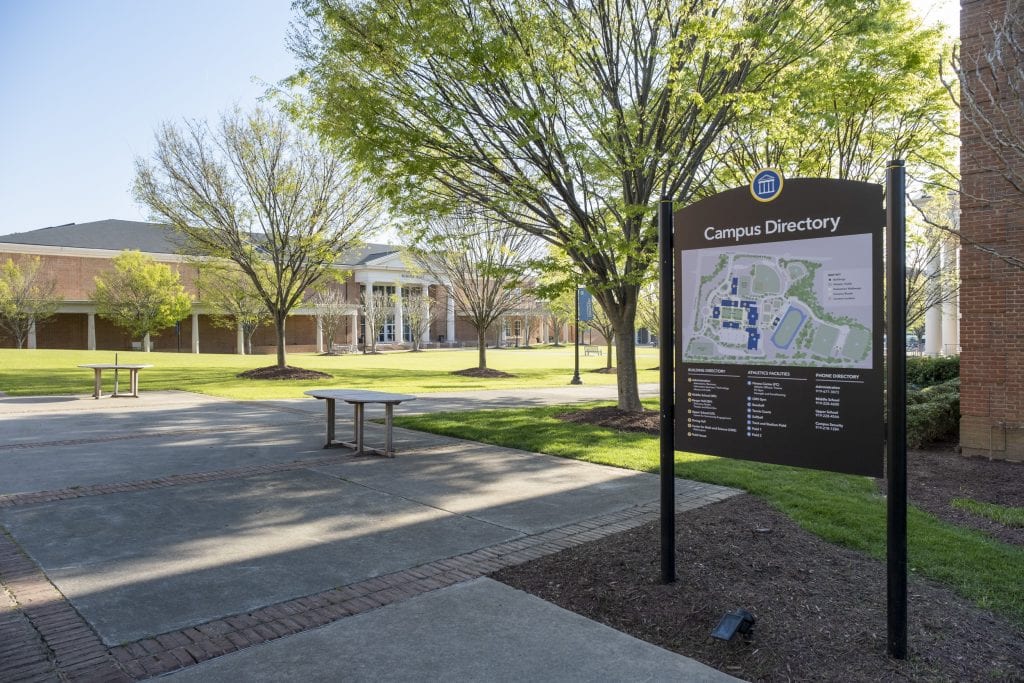
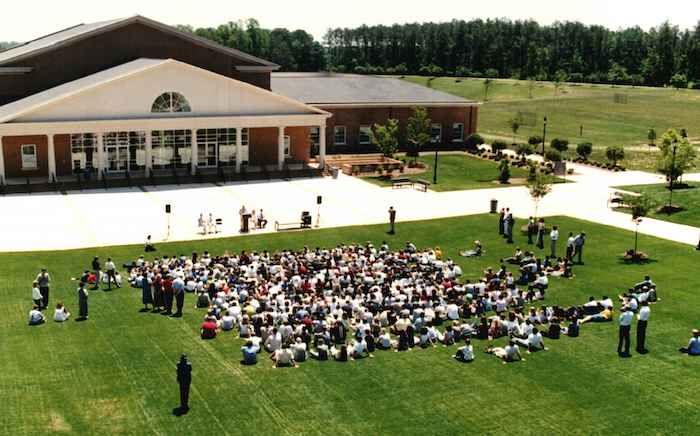
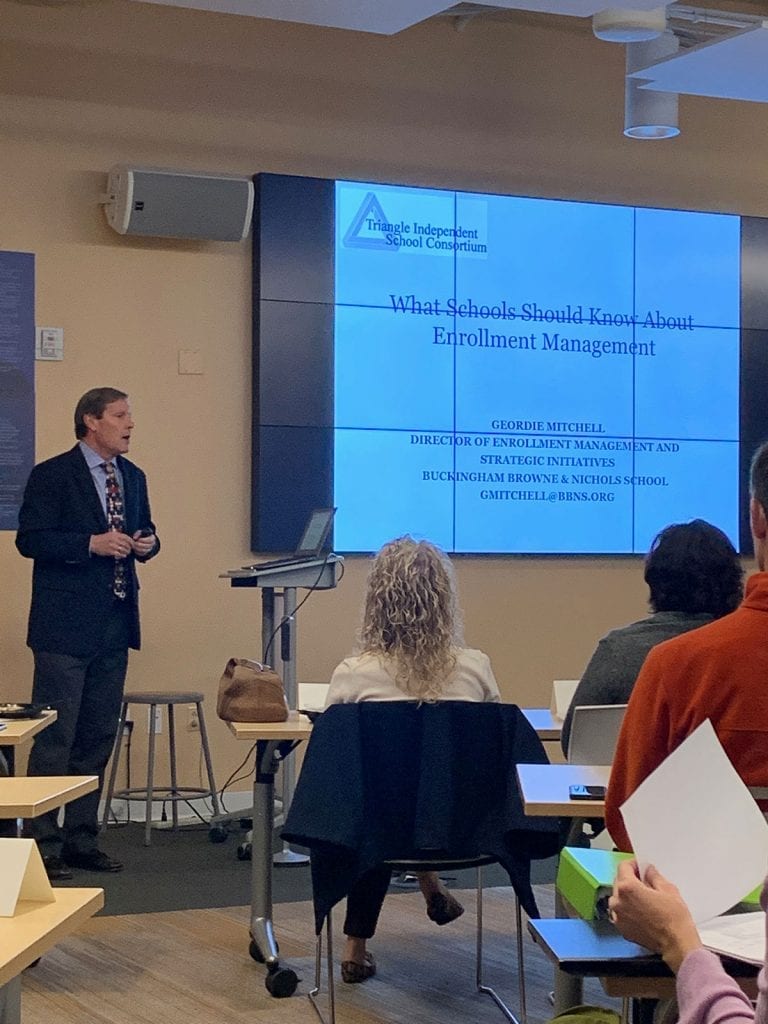
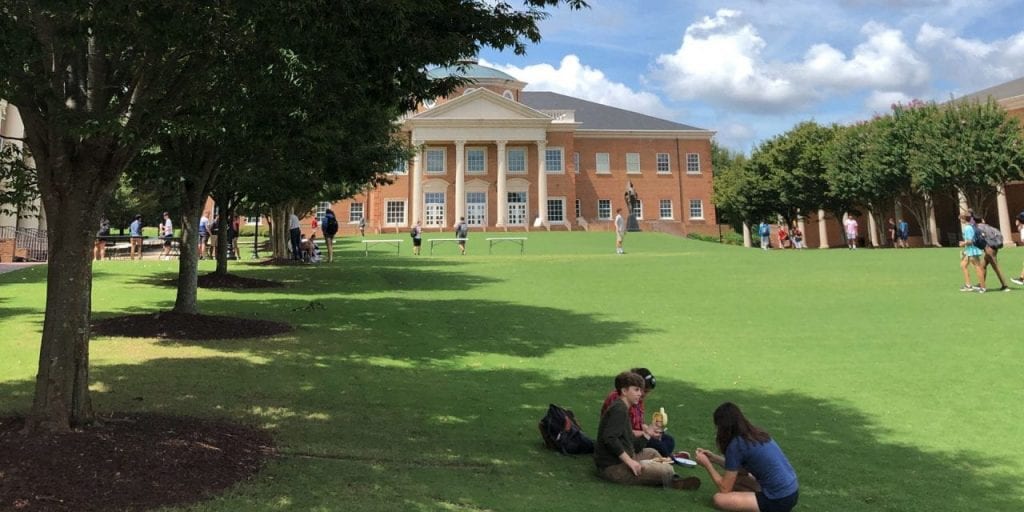
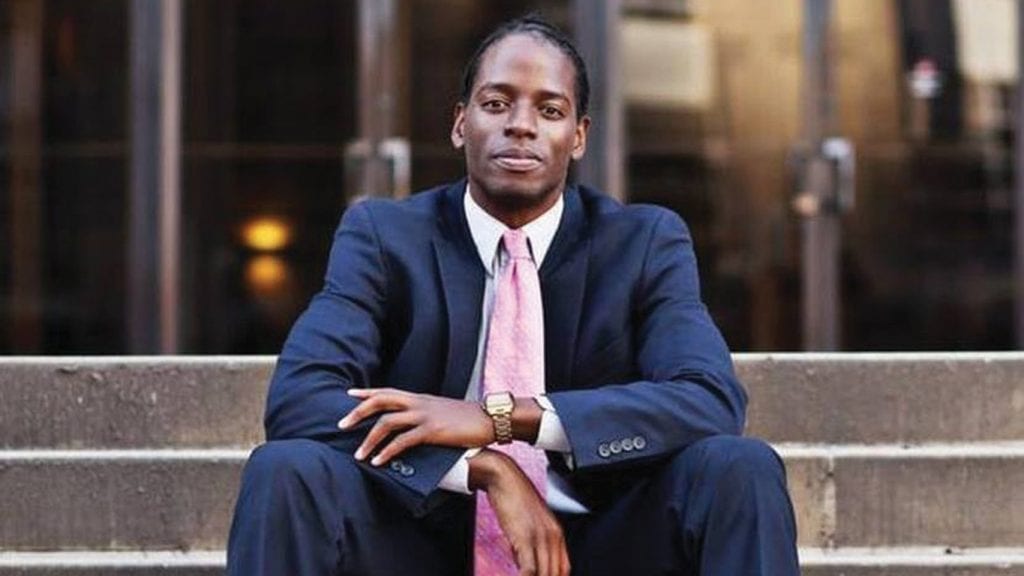
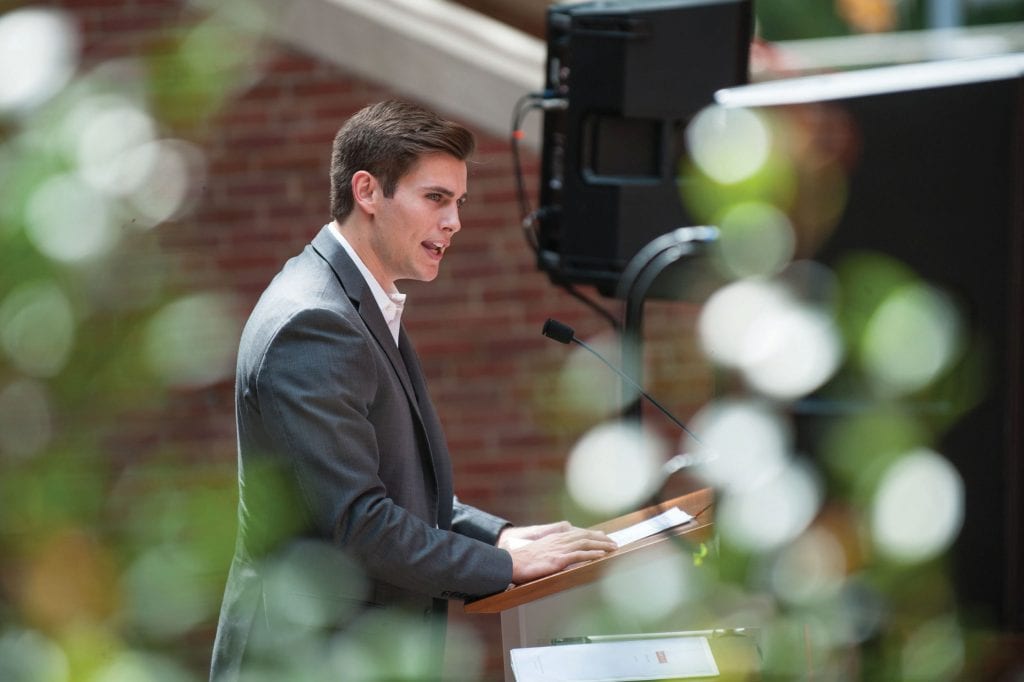
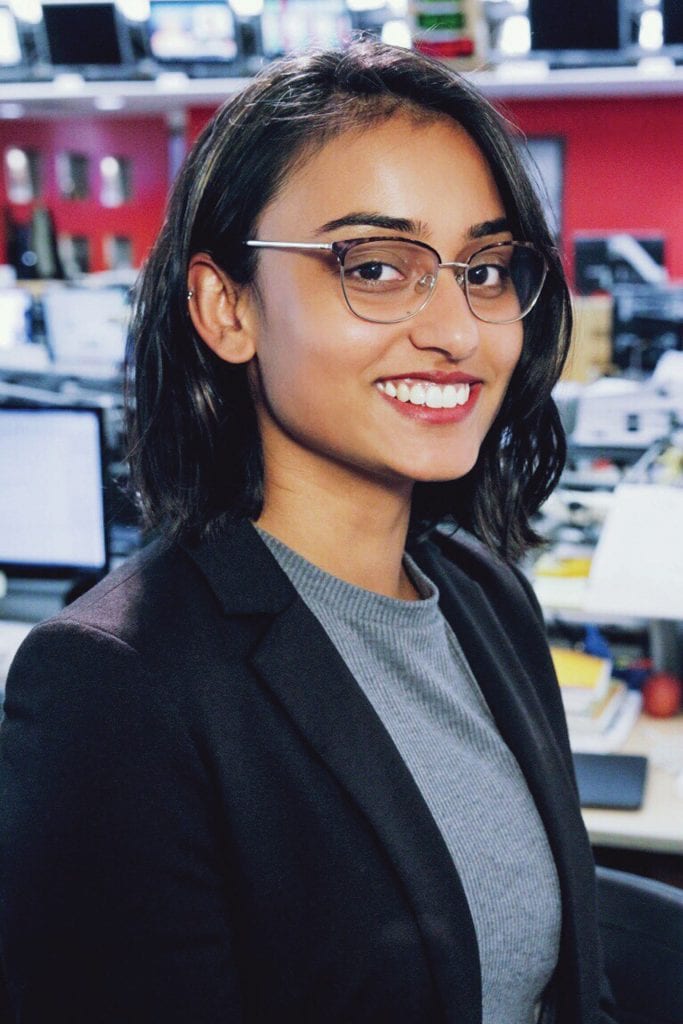
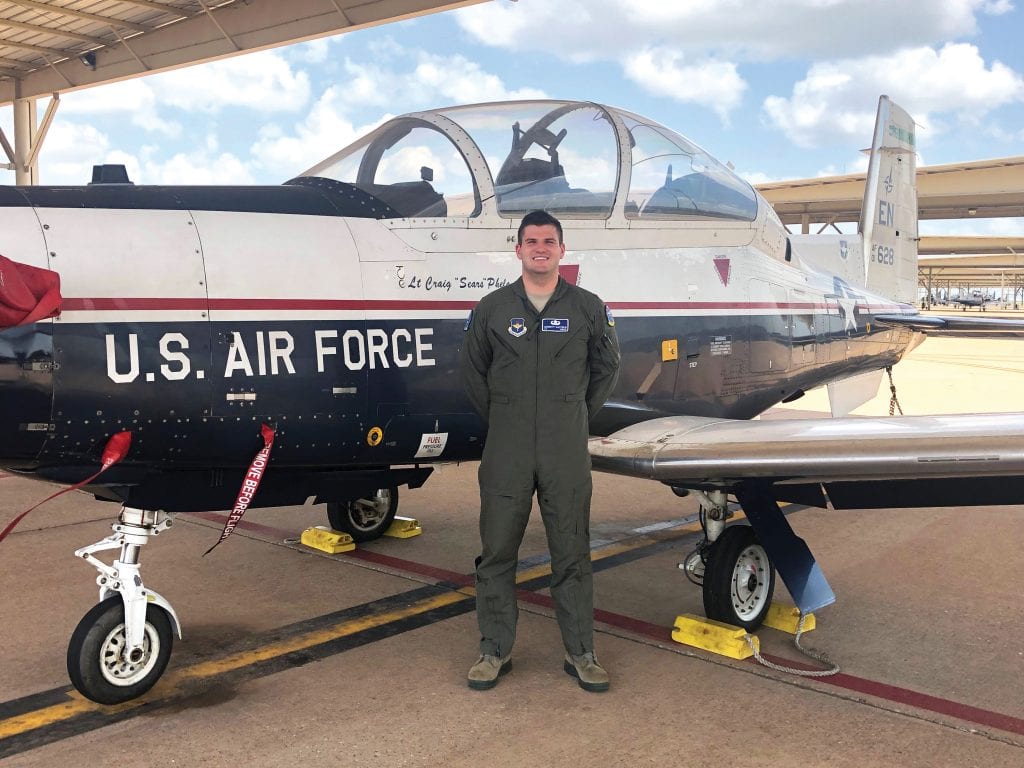

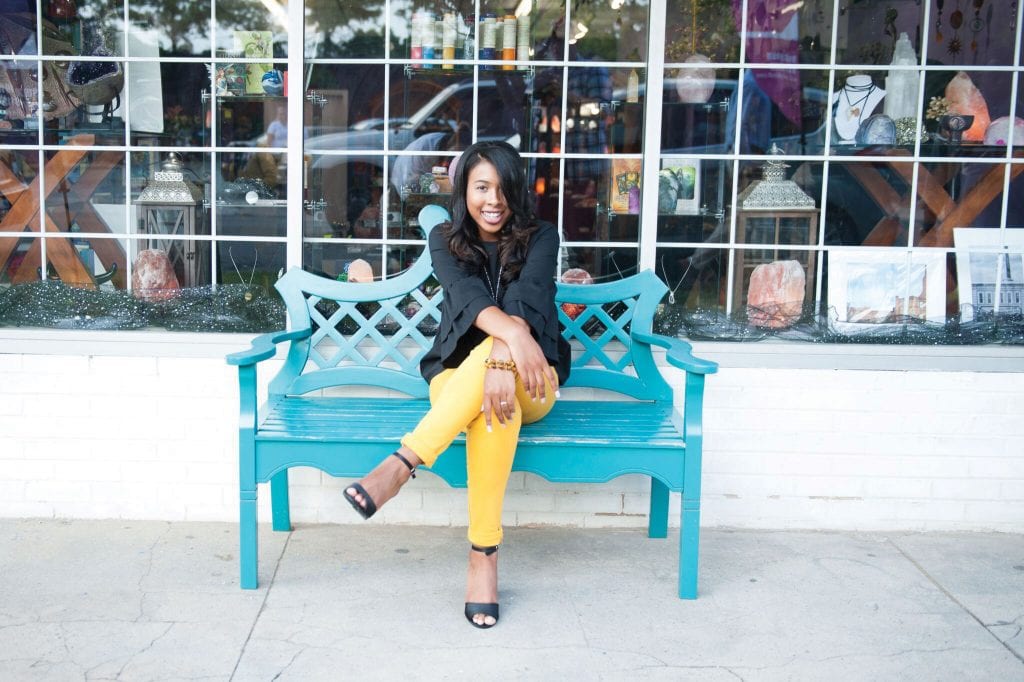
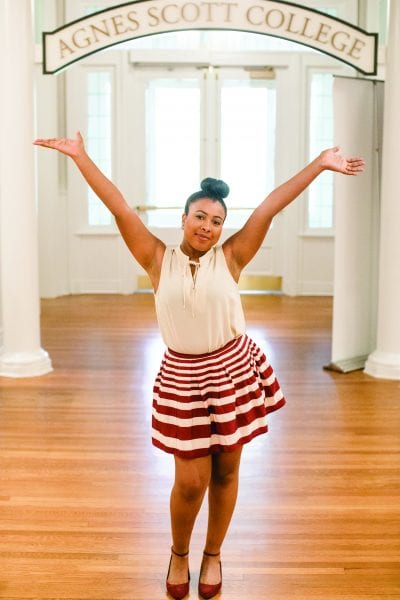 Greene—who is pre-law, majoring in political science, minoring in human rights, and pursuing a specialization in leadership development—has made the most of her first-year college experience. Highlights have included a study abroad in Ghana to research women in leadership; working in the admissions office where she enjoys interacting with the diverse community and has developed close mentorship relationships with senior faculty; induction in the Leadership Society; and her successful campaign and election as Public Relations Coordinator for the Pre-Law Society.
Greene—who is pre-law, majoring in political science, minoring in human rights, and pursuing a specialization in leadership development—has made the most of her first-year college experience. Highlights have included a study abroad in Ghana to research women in leadership; working in the admissions office where she enjoys interacting with the diverse community and has developed close mentorship relationships with senior faculty; induction in the Leadership Society; and her successful campaign and election as Public Relations Coordinator for the Pre-Law Society.